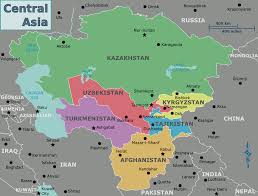
Introduction to the 6/49 Lottery
The 6/49 lottery is a staple of Canadian gaming culture, first launched in June 1982. It has since captured the imagination of millions across the nation. Known for its exciting jackpots, the 6/49 draws twice weekly, providing a thrilling opportunity for players to win life-changing sums of money. With ticket purchases supporting various community initiatives, understanding the importance of the 6/49 lottery goes beyond mere game play; it influences social programs and local charities.
How the 6/49 Lottery Works
To play 6/49, participants must choose six numbers from a pool of 1 to 49. The objective is to match all six numbers drawn in the lottery’s bi-weekly draws, held every Wednesday and Saturday. Additionally, players can win smaller prizes by matching four or five of the drawn numbers. The game’s simplicity and accessibility have contributed to its popularity, with tickets priced affordably, usually at around $3 each.
Recent Developments and Jackpots
In recent months, the 6/49 lottery has made headlines with notably high jackpots. As of October 2023, the jackpot has reached over $20 million, drawing increased participation and media attention. Additionally, changes in lottery regulations have been introduced to enhance player experience and increase jackpots with the introduction of additional prize categories and promotional draws aimed at boosting engagement. These adjustments indicate a positive trend in lottery dynamics, generating excitement among players.
The Impact of 6/49 on Canadian Society
Proceeds from the 6/49 lottery significantly contribute to various societal initiatives, including health care, education, and infrastructure projects across Canada. According to the latest reports from the Interprovincial Lottery Corporation, approximately 50% of total ticket sales are allocated to provincial demands, demonstrating the lottery’s role in community funding. The social responsibility aspect of the lottery continues to resonate with players, fostering a sense of communal support and involvement.
Conclusion
The 6/49 lottery represents more than just a game of chance; it is woven into the fabric of Canadian society. As player participation increases, especially with the allure of large jackpots, the lottery will continue to play a vital role in funding essential services across provinces. For Canadians, each ticket is not just a chance to win but also a contribution to the well-being of their communities. Moving forward, it will be interesting to monitor any further changes that may enhance the lottery experience while maintaining its contributions to society.



